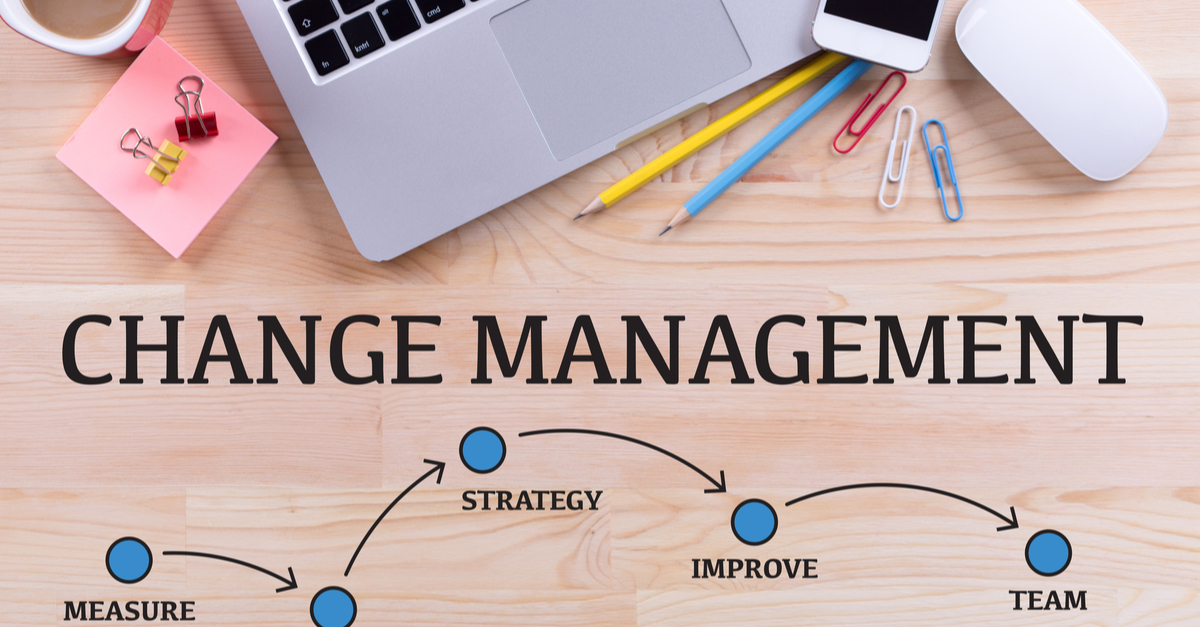Like most others, your organization has probably spent a lot of time creating, adjusting, and refining its processes to achieve results.
But if what you’re doing is not giving you the outcomes you expected, you have to do something new—which means you’ll have to change—which means you are likely to face some form of resistance to that change.
For most people, change means moving outside of their comfort zone. It forces them to refocus and relearn a new way of doing things, which they may not like. And change can generate anxiety and fear for someone who has become comfortable with “the way we’ve always done things.”
But it doesn’t have to be that way. Too often, change is viewed as a threat, but it can also be seen as an opportunity. It can make you take a closer look and uncover things you hadn’t thought about before. By its very nature, change is accompanied by a sense of uncertainty, but Gary John Bishop looks at it very differently—he says that “uncertainty is where new begins.” Put another way, uncertainty gives you a chance to rethink and improve on existing conditions and create a better future.
So how do you get people to buy into this proposed future state? How can you get them to overcome their fear, embrace the uncertainty, and try something new? By following the four tips listed below—either individually or in combination.
- Remove the fear. For many people, a “change initiative” and “fear” go hand-in-hand because change forces them into something unusual and unexpected. To counteract those feelings, put some “scaffolding” around the change to act as a safety net; this will assure your coworkers that you won’t stray too far away from their comfortable current state. Show them what the future will look like and how it will improve conditions, both for them and for the organization. And let them know that, if the change isn’t working, you can revert back to old patterns and start again, if you need to.
- Create a plan to address the naysayers. If your organization is like most, you’ll have several people who’ll oppose the change as soon as they hear about it, saying things like That may have worked over “there” but it will never work “here” or We don’t have time to add those things to our already busy day. Get them to see the commonalities between “there” and “here,” rather than the differences. Explain that you understand that adjustments will have to be made to get the change to work. In fact, you expect to have to make adjustments—precisely because your organization is not the same as “over there.” You shouldn’t expect that “their” process will work “here”; you’ll need everyone’s help to create a new path that is uniquely your own.
- Make small changes without labeling them as a “change program.” If you think that a grand announcement will generate an explosion of nervousness, hold off on that announcement. Instead, start to incorporate small changes into work, bit by bit. (It’s a little like sneaking vegetables into something that your child already likes to eat—they probably won’t even notice the difference.) Avoid using the established terms and jargon that are usually linked to new programs; just say that you are fine-tuning the way you do things. That way, people will think of the change as an “evolution” of work rather than as a “revolution.”
- Empower people to work with the change but don’t give them the power to veto it. When you propose a change, ask the people who do the work what they think needs to be done. After all, they’re the ones closest to the work and have been navigating around any existing problems for some time. As much as possible, make sure that the change will meet their needs as well as yours (because if it doesn’t, they are just going to create new workarounds). Ask them to provide feedback as you institute the change, so you can continue to make adjustments and modifications. But don’t let them derail or abandon the change initiative; the change was made for a reason, even if they can’t see that reason for themselves. Tell them that “change is coming, so work with me to make it succeed for both of us.”
One final point: recognize that most of the programs that organizations use to encourage change are labeled as improvement programs, because their aim is exactly that—to improve the way things are done. As an agent for change, you’ll have to get your colleagues and teammates to understand and acknowledge this fact. Once they come to realize and accept that they have a part to play in making this improvement happen, their resistance will likely break down, and they’ll agree to the new way of working.
